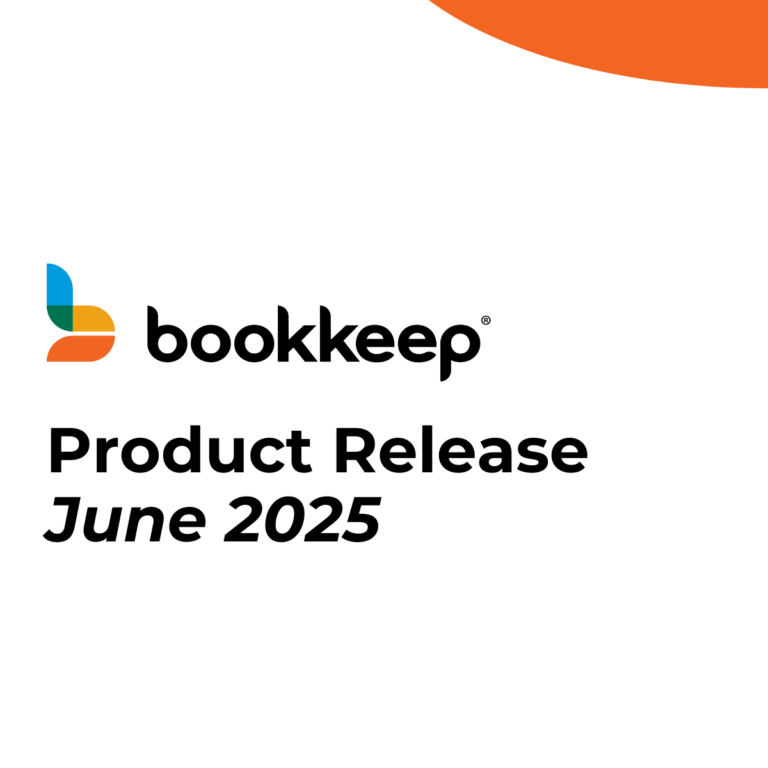Did you know there are at least four ways to sync Amazon Seller financial data to QuickBooks?
- Run a manual report from Amazon Seller Central and book journal entries manually
- Use an app that syncs all transaction-level data into QuickBooks
- Use an app that summarizes data based on payout dates and posts those to QuickBooks
- Use an app that summarizes sales, fees, and payouts on a daily basis using accrual basis accounting, and then syncs those to QuickBooks
Let’s review each to better understand why you should or shouldn’t choose one over another.
Manual Entry
If you are an Amazon seller, you know how complicated and difficult it is to pull the right report from Amazon Seller Central for your accounting purposes. There are literally hundreds of reports through which to sort. After you download the reports, you may need to do some spreadsheet somersaults to get the data in a usable format.
We recommend using the Payments report. To generate this report, go to Reports >> Payments >> Date Range Reports. It shows a nice summary of the sales, expenses, fees, payouts and sales tax, formatted into a usable journal entry. You can see a sample of this report at the end of this article.
Sync All Orders
There are several apps in the Intuit App Store as well as the Amazon Marketplace Appstore that sync data to QuickBooks. However, before you connect anything, thoroughly understand what data is being synced.
Almost all of them, with the exception of a few, bring data in from Seller Central at order or transaction level. This means every single order will be imported so quickly that it can clutter up QuickBooks and make a huge mess! Running reports will become slow and unusable. Reconciling sales to payouts will be absolutely impossible.
Have you checked other things? Are the seller fees, fulfillment fees, and advertising fees included? What about sales tax? And what about refunds?
Not all apps are created equal; they all do things very differently. Most bookkeeping professionals will tell you bringing in large amounts of data at order level is a substantial and unnecessary risk.
Sync Summarized Data on Payouts
One of our competitor’s apps syncs Amazon data in a summarized format. What does that mean? It summarizes the data for each payout and posts one journal entry into QuickBooks, which will match the deposit in the banking feed. The journal entry records sales, discounts, refunds, sales tax, and fees for the period that the payout covers. For many sellers, Amazon pays out every two weeks. So this will cover sales for the two weeks in one journal entry. So far so good.
However, this presents a major problem at month-end, when the payout crosses into the next month. The sales for the 2-week period could fall into the following month, when payouts are booked and you will not have clean financials from month to month. To mitigate this problem, this particular competing app will post a separate journal entry retroactively to split the sales, so each month is correctly reflected. While this solves the issue, it delays the month end close until this occurs.
Sync Summarized Entry on Daily Basis
To have real-time accurate financial information, the best way is to post daily entries with summarized data into QuickBooks. This enables you to effectively manage your business and run financial statements on any day of the month.
Bookkeep’s integration with Amazon posts proper accounting entries to QuickBooks Online on a daily basis. We’re accountants ourselves, so we know what accountants are looking for.
Here are some reasons why our integration works better for accountants:
- Summarized sales data for each day, including: sales, discounts, refunds, gift cards, and shipping costs
- Summarized expense data for each day, including: FBA fees, fulfillment fees, and PPC advertising costs
- Summarized sales taxes. If Amazon pays the sales taxes, the entry would show a debit and credit in the same entry for your information
- Books expected deposits to a “clearing account” or an Amazon holding account
- Record payouts as a reduction to the clearing account and reconciles payout to the respective sales period
- Summarized Cost of Good Sold (COGS) daily and posts to QuickBooks, provided that cost data is in Seller Central
It’s that easy. Complete and accurate accounting that’s automated for Seller Central daily, just for you!



